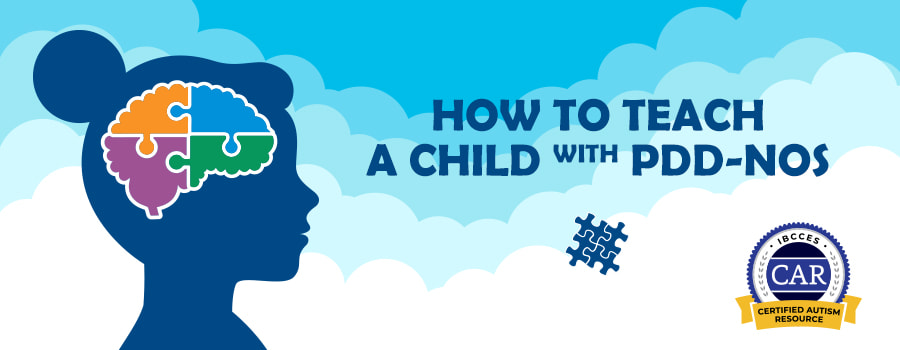Homeschooling a Child with PDD-NOS
If your child has been diagnosed with Pervasive Developmental Disorder (PDD, or PDD-NOS), you may have struggled with finding the best educational approach. It can be overwhelming wading through programs, therapies, and alternative methods of treatment and education to find the right fit for your child.
Children with Pervasive Developmental Disorder often struggle in school. They have different academic strengths and weaknesses and may require different learning approaches from neurotypical children.
What is PDD?
Pervasive Developmental Disorder is a form of autism applied to adults and children who exhibit some signs of autism, but not enough to make a full diagnosis. PDD refers to a variety of disorders involving language delay, impairments in social interaction, and repetitive behavior. The symptoms of PDD can range from mild to severe and can be noticed before the age of 3.
Like all people on the autism spectrum, children with PDD-NOS show a variance in how they act and perform in school. Even though they may be diagnosed with the same disorder, no two children are alike. Commonly, it is poor interaction with peers and poor academic performance that lead to a diagnosis of PDD. A child’s failure to thrive in school often leads parents to alternative educational methods.
PDD and Homeschooling
While PDD-NOS is categorized as a disorder, parents of children on the spectrum know that their child’s strengths far outweigh his or her challenges. Educating a child with PDD by capitalizing on those strengths will increase the chances for your student’s success.
For example, your child may have an almost obsessive interest in a given subject. If dinosaurs are your child’s current focus, then practice math with dinosaur figurines, use lined paper decorated with dinosaurs for handwriting practice, and find ways to integrate dinosaurs into your science experiments.
Educating your child with PDD may be the ideal option for your family. Homeschooling gives you the flexibility to customize a program to your specific child. Not only can you tailor home education to your child’s interests, but you can even homeschool at the times your child is most receptive and wherever he/she is most comfortable learning.
How to Teach a Child with PDD
While customization of your child’s learning is key to homeschooling a child with PDD, there are other strategies that can help as well, such as:
- Keeping a regular daily schedule. Kids and teens with Pervasive Developmental Disorder often need extra time to switch to a new subject or activity.
- Using a visual schedule and visual instruction.
- Being generous with the praise you give your child or teen — even if improvement is only incremental.
- Minimizing distractions in a room or teaching area to help keep students focused on the lesson at hand.
- Trying to remain a calming presence, even when (or especially when) your child is out of control.
- Responding to anxiety with calm is the likeliest way to de-escalate a child’s tension.
- Take plenty of breaks throughout the homeschool day — particularly when you sense that your child is getting stressed.
- Games provide the structure and rules to effectively teach social skills while making learning fun.
How Time4Learning Curriculum Helps Students with PDD
Because children with PDD learn best in a structured and specialized education environment, it is important to ensure your homeschool curriculum provides the flexibility your student needs.
Using an interactive online environment, the Time4Learning educational learning system builds and reinforces the academic skills needed for both traditional and special needs students. It can be used as a core curriculum or as a supplement to other tools. Many families homeschooling a child on the autism spectrum use Time4Learning. Here’s why:
- Lessons and activities are multisensory and work with a variety of learning styles.
- The impersonal nature of computer learning is preferable to many on the autism spectrum.
- It builds on existing skills in reading, math, science, and social studies.
- It allows for the placement of different grade levels in different subjects.
- New learning opportunities are introduced in a safe, supportive environment.
- Learning is balanced with fun!
Choose your subject and grade level to experience demos of Time4Learning’s interactive curriculum.
Have other questions about homeschooling a child with autism? You may find the following pages helpful.
- Homeschooling a Child with Autism
- Homeschool vs Public School for Students with Autism
- Homeschooling a Child with Asperger’s Syndrome
- Teaching Reading to Students with Autism
- Teaching Writing to Students with Autism






